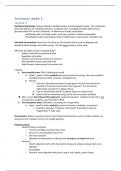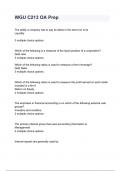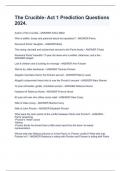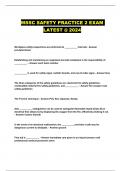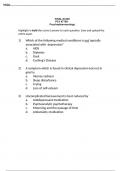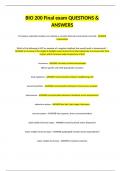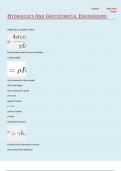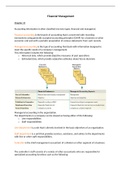Resume
HAP30306 Nutritional Physiology summary
- Cours
- Établissement
Deze samenvatting heb ik zelf gemaakt op basis van alle colleges. Ik heb ook het boek erbij genomen en bepaalde aspecten verduidelijkt. De samenvatting is geen lukrake kopie van de collegeslides, maar ik heb relevante aspecten in begrijpelijke taal uitgediept. Met behulp van deze samenvatting heb...
[Montrer plus]
